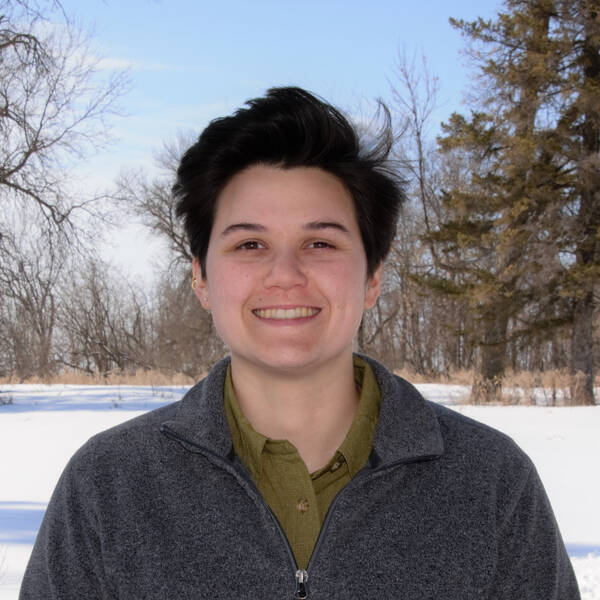
Kale’a Pawlak-Kjolhaug realized the importance of parks while volunteering for Three Rivers Park District in Minnesota, where she saw urban parks function as a critical interface between nature and the public.
While attending Oregon State University, she spent a lot of time at local parks and wildlife refuges to seek solace and observe wildlife. She believes parks, urban green spaces, and other public lands serve as refuge for both humans and wildlife, and that everyone should have the opportunity to enjoy their public lands.
After college, she worked as a geographic information systems (GIS) intern at Big Bend National Park and contributed to various conservation, preservation, and development projects. Currently, she is an intern at Agassiz National Wildlife Refuge, where she uses GIS to investigate how the refuge will adapt its water control infrastructure in response to different climate change scenarios. These experiences helped her understand the complex issues these land management agencies face when working with stakeholders in deeply politically divided areas. She sees maps and geographic data as a means of sharing stories with diverse audiences and hopes to continue to do this at the federal level.
During her time with the Next Generation Advisory Council, she hopes to engage groups that don’t typically have a voice in federal land management and intends to better understand and communicate the stories of the people whose lands our national parks presently occupy. Some of her hobbies include cycling, birding, and fishing.